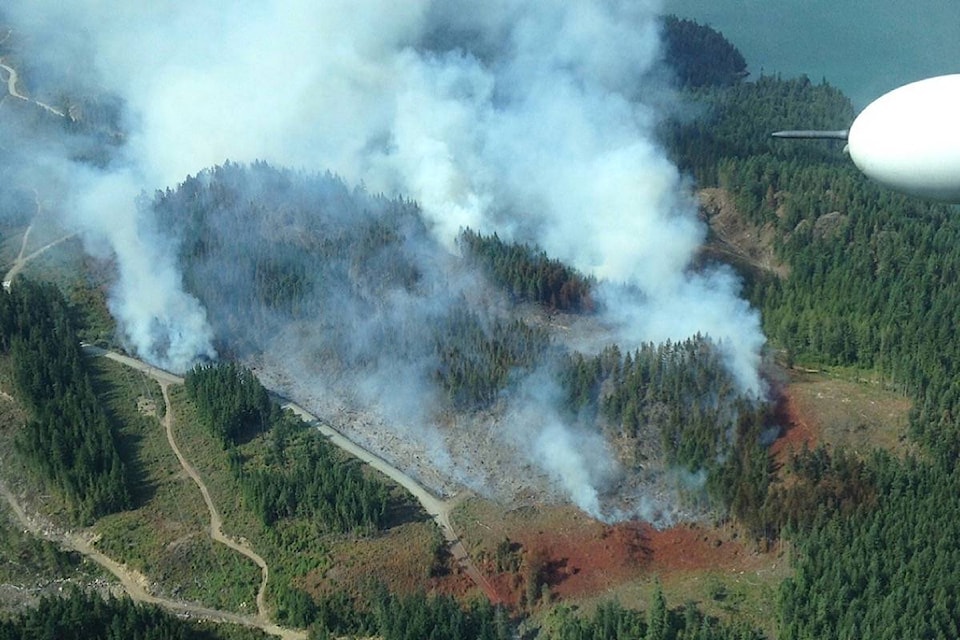By John Bergenske
With recent cooler weather, wildfires are coming under control and plans for salvage logging are being put together quickly across the province.
The science over the past two decades has been clear: Salvage logging is risky for our natural systems and delays or even prevents ecosystem recovery. Fire salvage logging increases soil compaction, increases erosion and losses of organic matter (with effects on both plants and streams) and decreases the landscape water-holding capacity, potentially leading to larger floods and increased surface run off. The less logging after a fire, the better for our natural ecosystems.
Related: Wildfires cause $127 million in insured damage
After fire passes over the landscape, some areas are severely burned, while other areas burned quickly, leaving fire resistant species alive, and some areas aren’t burned at all. This fire patchwork creates a diversity of habitats as our forests regrow. In fire-dependent ecosystems, like so many of the areas that have burned this summer, fires rejuvenate important wildlife habitat for elk, deer and bighorn sheep. Fires at mid and high elevations create ideal conditions for huckleberries, an important food for bears and many other species.
Our native plant communities have evolved to regenerate after fires. Standing dead trees continue to provide cover and habitat for wildlife, shade for regrowth of plant communities and help keep streams cool for our native fish. Green tree patches left after fires skip across the landscape, are not just important as wildlife habitat, but also as seed sources and for the complexity of the rejuvenating landscape.
While forestry provides jobs and important economic benefits to our communities, over-zealous salvage logging has long term negative impacts on our ecosystems, including wildlife, fish, birds and water quality. Poorly planned salvage logging can easily negate the benefits that fire provides.
If we are going to salvage log, careful management is crucial. Green tree patches must be retained. Enlarged riparian buffers and green tree retention is needed to minimize impacts on rivers and streams. Keeping snags individually and in patches is important wherever possible within the bounds of safety. Delaying logging, while possibly compromising wood quality, gives vegetation a better chance to regrow.
Avoiding soil compaction is always a prime concern for long-term forest health. Logging on frozen and snow covered soils is best. Additionally, the bare soils left after fires are ideal seedbeds for many invasive plants. To stop the spread of invasives, equipment and vehicles must be inspected and cleaned before entering burned areas.
The science is also clear on motorized use: it is one of the biggest threats to our wildlife. Fireguards and roads, both from firefighting and salvage logging, need to be rehabilitated so that new areas aren’t opened up to motorized recreation.
The fires that threaten our communities every year are a natural part of our ecosystems, regenerating plant communities and wildlife habitat. Our challenge is to better fire proof forests around our communities to keep our homes safe. As long as healthy ecosystems are a priority, fire proofing our forests can provide forestry jobs and make us safer, while making our forests more resilient and better habitat for many wildlife species.
In the rush to salvage timber, let’s not put short-term economics ahead of our the long-term health of our forests and our ecosystems.
John Bergenske is the conservation director of Wildsight, a conservation group based in the Kootenays.
